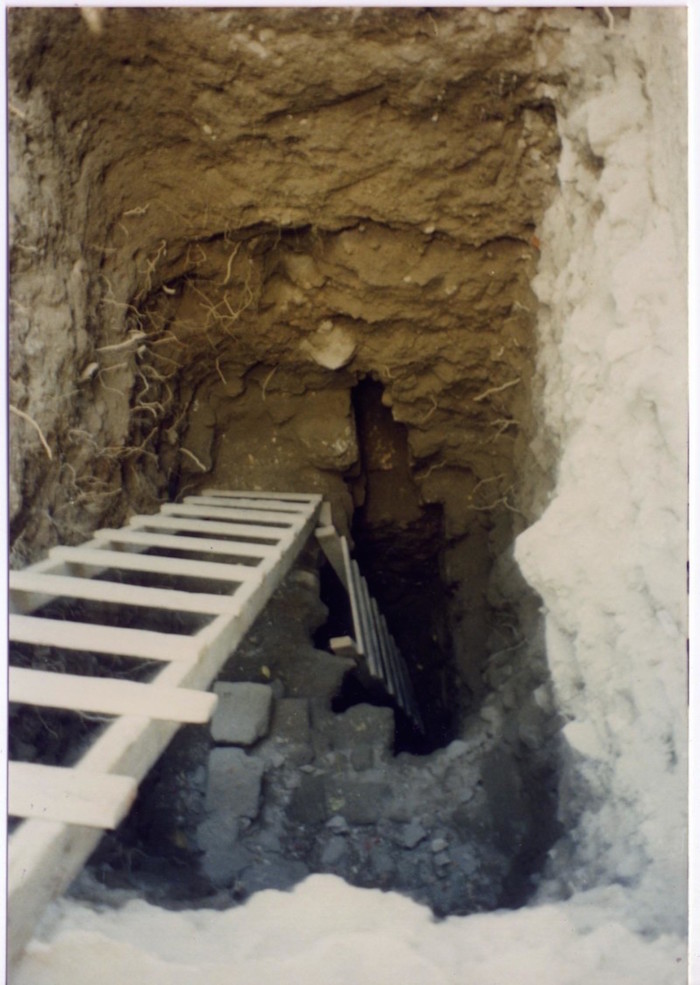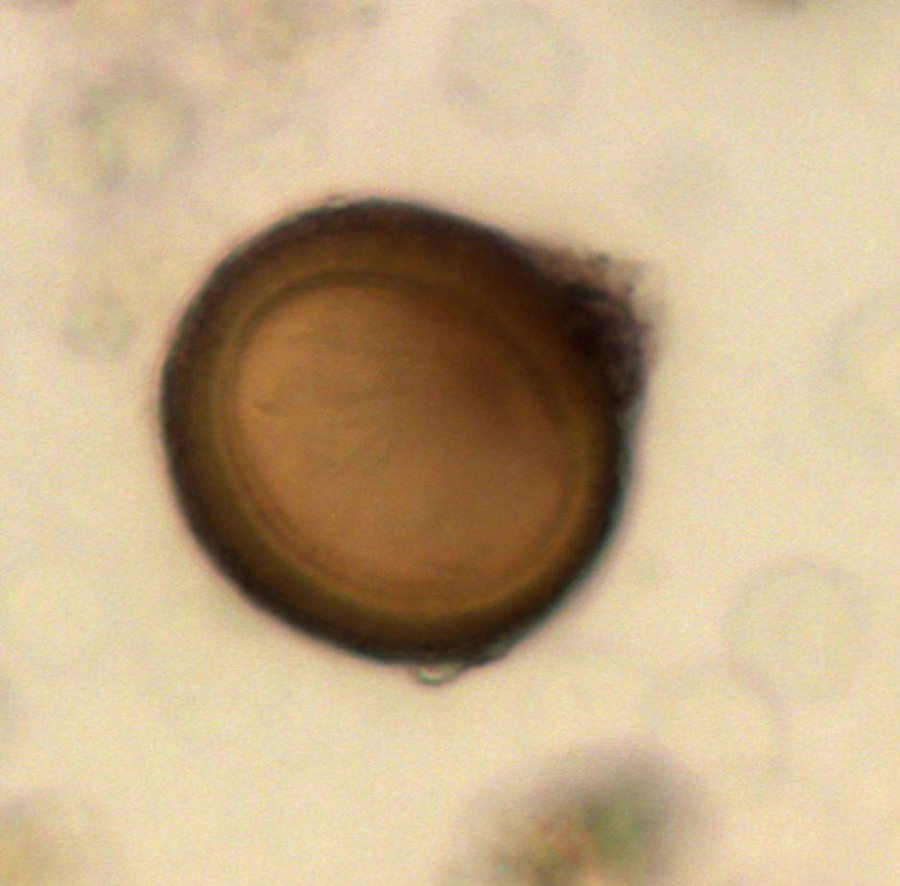Medieval Parasite-Filled Poop Found in Jerusalem Latrine

The excavation of a roughly 500-year-old latrine in Jerusalem has uncovered thousands of eggs from human parasites, including some that may have come from Northern Europe, a new study finds.
The people who used the latrine may have been long-distance traders or on a pilgrimage, likely from Northern Europe, where these parasites were common, the researchers said.
"While we will never know for sure why they made this journey, pilgrims and traders would be a plausible explanation," said the study's senior researcher, Piers Mitchell, a lecturer of biological anthropology at the University of Cambridge in England. [See Images of the 500-Year-Old Latrine and Parasites]
Researchers originally found the latrine during an excavation in Jerusalem's Christian quarter in 1996. The latrine had stone walls, a vaulted roof, an earthen floor and two entry chutes on opposing sides, just in case nature called two people at once.
A fragment of charcoal found in the cesspool helped the researchers to date the latrine to the late 1400s- early 1500s, when the city was under the jurisdiction of the viceroy of Damascus during the Mamluk Period (the Mamluks were a ruling military caste).
Stool study
Jerusalem is a unique city: It's important to Christians, Jews and Muslims, and also sits between Europe and Asia, making it a prime trading spot. But researchers continue to look for more clues about who actually visited the city.
Sign up for the Live Science daily newsletter now
Get the world’s most fascinating discoveries delivered straight to your inbox.
"We were keen to study the latrine, in case there was evidence for parasite species that shouldn't be in the region, which would indicate the presence of travelers," Mitchell said.

To investigate, the researchers sieved the sediment within the latrine, and found 12 lightly mineralized coprolites — or fossilized stool. Using a series of microsieves, they looked for parasite eggs within the coprolites and one sediment sample.
They found six types of intestinal parasite species. Four were intestinal worms (roundworm, whipworm, beef/pork tapeworm and fish tapeworm), and two were single-celled parasites that cause dysentery (Entamoeba histolytica and Giardia duodenalis), Mitchell said.
The most common parasites in Jerusalem at the time, whipworm and roundworm, were present in all 13 samples. But two of the parasites, fish tapeworm and Entamoeba dysentery, were common in Northern Europe, but rare in the Middle East.
Perhaps fish tapeworm was more prevalent in Northern Europe because of the way people prepared food there, the researchers speculated. Northern Europeans tend to eat raw, smoked or pickled fish, and none of these preparations kill intestinal parasites. In contrast, Arabic texts indicate that people in inland Syrian cities did not commonly eat fish, and when they did, they would cook it, effectively killing any parasites.
Inside the latrine, the researchers also found pieces of Italian pottery, reinforcing the idea that people in Europe and Jerusalem traded with each other during the late 1400s, Mitchell said. It's possible that the latrine was near a town house owned by Jerusalem merchants, who contracted the parasites during their travels, or by a hostel that housed European merchants or pilgrims, the researchers said.
Nowadays, people can treat intestinal parasites with antibiotics, but treatments were vastly different 500 years ago.
"Medieval medical texts show they did not realize intestinal worms were live organisms," Mitchell said. Instead, illnesses were blamed on the body's attempt to restore the balance of the four humors, including blood, yellow bile, black bile and phlegm, he said.
The researchers "did an excellent job of combining archaeology and parasitology," said Karl Reinhard, a professor of natural resource sciences at the University of Nebraska, Lincoln, who was not involved in the study.
"Parasites travel long distances within their hosts," Reinhard said. "Protozoa [single-celled organisms], as well as parasites, can be found in ancient contexts."
The study is detailed in the June 2015 issue of the International Journal of Paleopathology.
Follow Laura Geggel on Twitter @LauraGeggel. Follow Live Science @livescience, Facebook & Google+. Original article on Live Science.

Laura is the archaeology and Life's Little Mysteries editor at Live Science. She also reports on general science, including paleontology. Her work has appeared in The New York Times, Scholastic, Popular Science and Spectrum, a site on autism research. She has won multiple awards from the Society of Professional Journalists and the Washington Newspaper Publishers Association for her reporting at a weekly newspaper near Seattle. Laura holds a bachelor's degree in English literature and psychology from Washington University in St. Louis and a master's degree in science writing from NYU.









